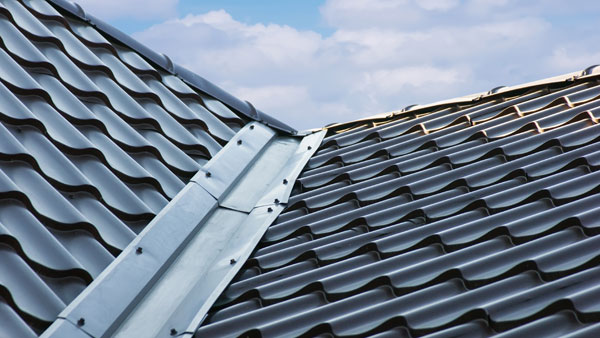One of the most frequent sources of annoyance for homeowners is roof leaks. The home’s structural integrity, the ceiling and walls, and the property’s contents could all be harmed when a roof leak occurs.
A strong, watertight roofing seal is essential to keeping a healthy property in winter, as anybody who has lived in Australia knows from firsthand experience with its unpredictable weather. However, occasionally a roof leak will occur even with the most durable roofing materials. What then triggers roof leaks? And how can we locate the cause of the roof leak so we can fix it?
We’ve compiled a list of the most frequent causes of water leakage into homes to help you understand what leads to roof leaks.
Neglected Clogged Gutters
Neglecting your gutters is the quickest way to get a roof leak on your house. Although clearing your gutters may seem like an insignificant household duty, doing so might help protect your home from roof leaks.
To prevent moisture buildup and structural damage, gutters are troughs that collect all of the rainwater from the roof and convey it to the downpipes. Regularly, leaves, dirt, garbage, and other objects clog gutters. Water will start seeping into the roof, siding, tiles, and other house components if the gutters are not regularly cleaned out to allow for appropriate drainage. Most roof leaks generally start like this.
Aging Roof Materials
Materials that are getting old are one of the most frequent causes of roof leaks. Roofing materials will often deteriorate over time and become more susceptible to damage and water infiltration. If you notice that your roof has lately started to leak, think about how old your roof is and whether or not weakening materials due to ageing could be to blame. To keep your home secure, it could be time to think about some roof repairs, restoration, or replacement, depending on your roof.
Damaged Roof Flashing
Professional roofers use roof flashing, a thin material, to divert water away from vulnerable roof sections, usually where the roofing planes meet another surface. Skylights, chimneys, and vents are just a few examples of roof accessories that have flashing around them. Every roof intersection will also have flashing placed to add a layer of weatherproofing for any uneven surfaces. The roof flashing will lose its ability to stop water from leaking into joints and gaps in the roof if it gets old, damaged, defective, or loose.
Damaged or Missing Shingles
If any of your roof’s shingles are damaged or missing, water will have the ideal opening to enter your home’s roofing cavity. Unidentified leaks are frequently caused by missing, twisted, damaged, or shattered roofing materials. If you look at the outside of your roof, you can find that there are broken, warped, or missing roofing materials that are to blame for your house leak.
Lack of Regular Maintenance
Roofing components are expected to experience some wear and tear. Working against the extremes of the Australian climate, it’s not unusual for your roof to become a little worn down over time. However, regular upkeep can substantially help the lifespan of roofing materials. Unbelievably, negligence is typically what leads to roof leaks.
With the expertise of Johnson Roofing, you can maintain your roof regularly and keep your home safe from avoidable harm. Neglecting your roof might cause it to age too quickly, which can result in moisture damage and unforeseen roof leaks. If your roof has developed a leak, think about the upkeep you have carried out to take care of your roof.

